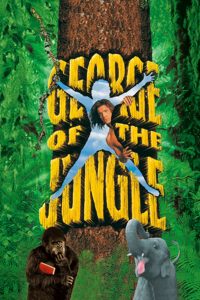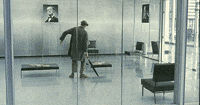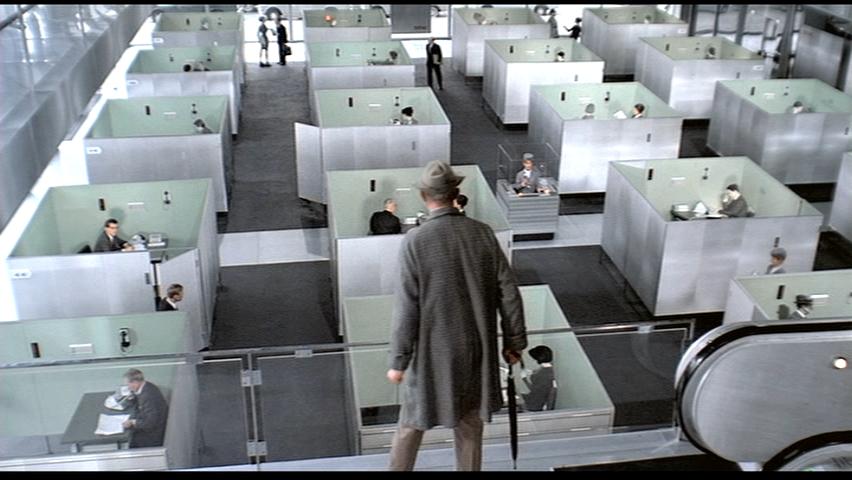From the Chicago Reader (August 1, 1997). — J.R.

George of the Jungle
Rating ** Worth seeing
Directed by Sam Weisman
Written by Dana Olsen and Audrey Wells
With Brendan Fraser, Leslie Mann, Thomas Haden Church, Holland Taylor, Richard Roundtree, Greg Cruttwell, Abraham Benrubi, and the voice of John Cleese.

GEORGE OF THE JUNGLE 2, Christopher Showerman, Angus T. Jones, Julie Benz, 2003. (c) Walt Disney Pictures.
There’s no getting around it: George of the Jungle is an amiable, highly ingratiating piece of lowbrow entertainment, and the audience of mainly young children and parents I saw it with on Saturday night clearly had a ball. So did I, for that matter. If consumer advice on where to take your kids is what’s needed, change “worth seeing” into “a must-see.” On the other hand, if I — a nonparent — had to choose between seeing it a second time and seeing the black-and-white Tarzan’s New York Adventure (1942) for the third or fourth time on video, I wouldn’t blink before selecting the latter. Both movies, as it happens, are comedies — though klutzy George, who swings on vines directly into trees, is an even more ironic version of the noble savage — but there are also major differences between them that I suspect are generational. Read more
My liner notes for the Criterion DVD of the restored, 65 mm version of Jacques Tati’s Playtime, written in 2006. This also appears on Criterion’s web site, but, following the cue of an anonymous commentator there, I’ve corrected a confusing error that mysteriously appeared only in this online version of the essay. (It isn’t in the essay that’s included with the DVD.) — J.R.



I suppose it could be argued that I saw Playtime for the first time in ideal circumstances — as an American tourist in Paris. Yet to argue this would mean overlooking the film’s suggestion that, like it or not, we’re all tourists nowadays — and all Americans in some fashion as well.
It’s a brash hypothesis, arguably somewhat middle-class and rooted in the assumptions of the 1960s — but then again, a great deal of what’s known today as “the sixties” can be traced back to the vision and activity of middle-class Americans. I was certainly enough of a middle-class American tourist to find myself bemused as well as amused by this account of a day spent in a mainly studio-built Paris — and sufficiently intrigued by the seeming absence of focal points during several busy stretches to return to the movie a couple of times. Read more
2.

Part of what makes James Benning’s masterpiece such a satisfying culmination of his prodigious work in 16-millimeter is the way it both clarifies and intensifies the tension in his work between formal and political preoccupations, which could also be described as his love-hatred for industrial waste–a near-constant in his work.
You can find an excellent account of many of this film’s formal preoccupations from Kristin Thompson, who has just posted her comments on RR (seen at the same festival). [2020: I can’t easily provide a link anymore, but go to davidbordwell.net and search from there.] The political preoccupations of the film are partially outlined in Mark Peranson’s interview with Benning in Cinema Scope; they figure in some of the added sound materials (most obviously, Woody Guthrie’s “This Land is Our Land”), but even more crucially in the way many of the images (perhaps most notably the very last) manage to be both nostalgic and apocalyptic in the way they sum up what trains mean and have meant in relation to both American life and the American landscape. (As the interview suggests, sometimes the trains have to be understood not as parts of the landscapes but as despoilers of them.)
After one viewing, I feel I’ve barely scratched the surface of what seems somehow part of American literature–akin to the work of writers like Sandburg, Wilder, and Dos Passos as well as that of American painters and musicians. Read more






